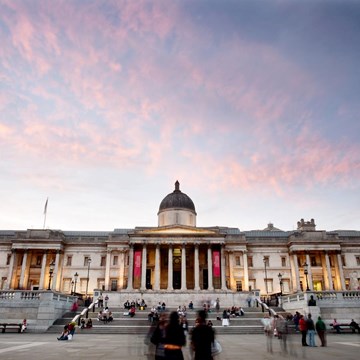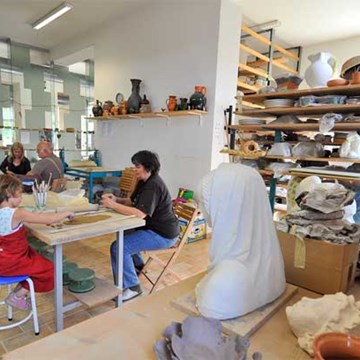Brains: The mind as matter
Our major new free exhibition seeks to explore what humans have done to brains in the name of medical intervention, scientific enquiry, cultural meaning and technological change.
Featuring over 150 artefacts including real brains, artworks, manuscripts, artefacts, videos and photography, 'Brains' follows the long quest to manipulate and decipher the most unique and mysterious of human organs, whose secrets continue to confound and inspire.
'Brains' asks not what brains do to us, but what we have done to brains, focusing on the bodily presence of the organ rather than investigating the neuroscience of the mind.
The quest to decipher and manipulate the brain has been long and often inconclusive, partly because its tissue is quick to decay and difficult to dissect. More than 2000 years ago, the Athenian philosopher Aristotle thought it less important than the heart and liver. By the Middle Ages, however, the doctrine that the brain was the seat of the memory and intellect was widespread among Islamic and Christian scholars.
The development of anatomy in Europe from the 16th century onwards enabled great advances in the description of visible brain structures. Brains, especially of famous or notorious individuals, were later collected, measured and preserved in the search for the material basis of genius, depravity and human variation. Today, equipped with powerful new visual technologies, the neurosciences again hold out the prospect of an objective account of consciousness – the soul or mind as nothing but intricately connected flesh.
Presented in four sections, Measuring/Classifying, Mapping/Modelling, Cutting/Treating and Giving/Taking, the exhibition explores attempts to survey the brain, including early microscopic staining and dubious phrenological and anthropometric practices, the images and models used to represent the brain in art and science, the history of surgical intervention, and the collecting or harvesting of brains for research.
The brain contains 100 billion nerve cells and some 100 trillion synapses or neural connections. 'Brains' takes a journey around the spectacular form, structure and condensed volume of this organ and the ambiguous emotions and ethical difficulties associated with the manipulation and dissection of the delicate substance of consciousness.
Exhibitions and events
We don't have anything to show you here.
Activities from this museum
We don't have anything to show you here.











